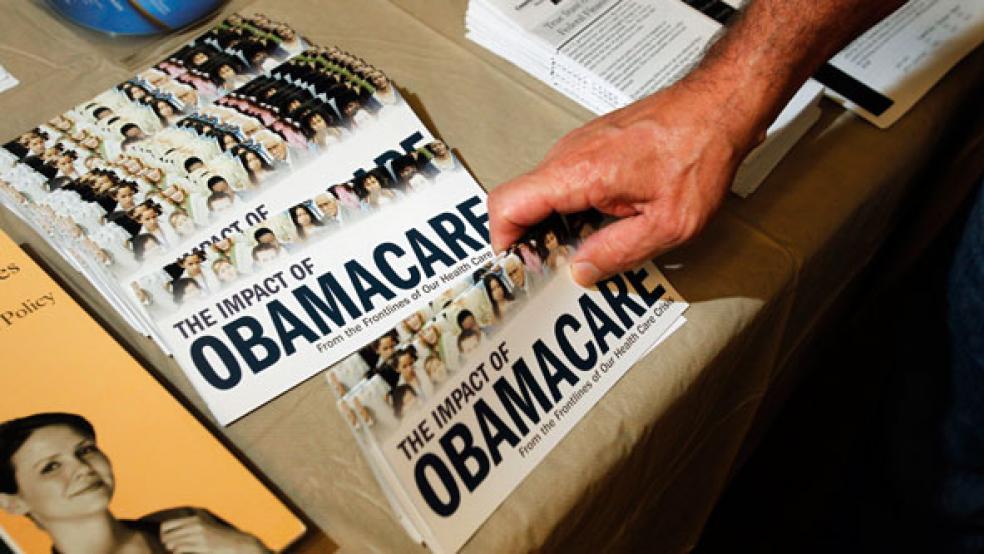Since Obamacare took effect, roughly 16.5 million more people have gained health insurance. And while the health care law is objectively succeeding in its key goal of expanding access to coverage to millions of Americans, those gains come with enormous costs to taxpayers — including inordinately steep ongoing administrative costs, according to a new study.
The analysis, published in Health Affairs this week, found that Obamacare will add about $273.6 billion in administrative costs between 2014 and 2022, including $172.2 billion in higher private insurance overhead — bringing the total spent on administering government health programs and private insurance overhead to nealry $2.76 trillion for that period.
Related: CBO Rolls Back Obamacare’s Price Tag
The authors of the study, Drs. David Himmelstein and Steffie Woolhandler, professors at the City University of New York School of Public Health and lecturers at Harvard Medical School, attribute the soaring overhead to rising enrollment in private plans, as well as the law’s Medicaid expansion. This year 9.6 million people signed up for plans on the state and federal exchanges.
The study also attributes the uptick in overhead to the high cost of setting up and running the exchanges, which are essentially brokers between the government and private health plans.
In comparison, the federal government spends just 2 percent in overhead costs on its traditional Medicare program.
The latest estimate breaks down to about $1,375 in extra administrative costs per newly insured person per year, according to the report. That’s “over and above what would have been expected had the law not been enacted,” Himmelstein wrote on the Health Affairs blog.
Related: Single Payer Health System Dies in Vermont
Some of the overhead will be added to Medicare and Medicaid programs, but most of it—about $172.2 billion—will come from private insurance.
The researchers acknowledge that expanding access to health coverage for tens of millions of Americans — as Obamacare was intended to do — comes at a high price, but they say that soaring administrative costs are avoidable.
“Insuring 25 million additional Americans, as the [Congressional Budget Office] projects the ACA will do, is surely worthwhile. But the administrative cost of doing so seems awfully steep, particularly when much cheaper alternatives are available,” the report says.
The researchers point out that Medicare Advantage, which also involves federal reimbursement to private insurers, also had “bloated administrative costs,” though in that case the overhead averaged 13.7 percent in 2011, or about $1,355 per enrollee. “But rather than learn from that mistake, both Democrats and Republicans seem intent on tossing more federal dollars to private insurers,” they wrote.
In the report, the researchers push for adopting a universal single-payer system, saying that it would significantly scale back on administrative costs.
Of course, adopting a single-payer model in the U.S. in this political environment is not likely to happen anytime soon.
Last summer, an effort by progressive lawmakers in Vermont to craft the first single-payer model in the country died off when liberal Democratic Gov. Peter Shumlin, a longtime leader of the movement, realized it would cost his state more than it could afford.
Other states like New York are considering a similar model, though it will be an uphill battle.
This article was updated at 5:45 p.m. on Thursday, May 28 to clarify the added Obamacare overhead costs.
Top Reads from The Fiscal Times:





